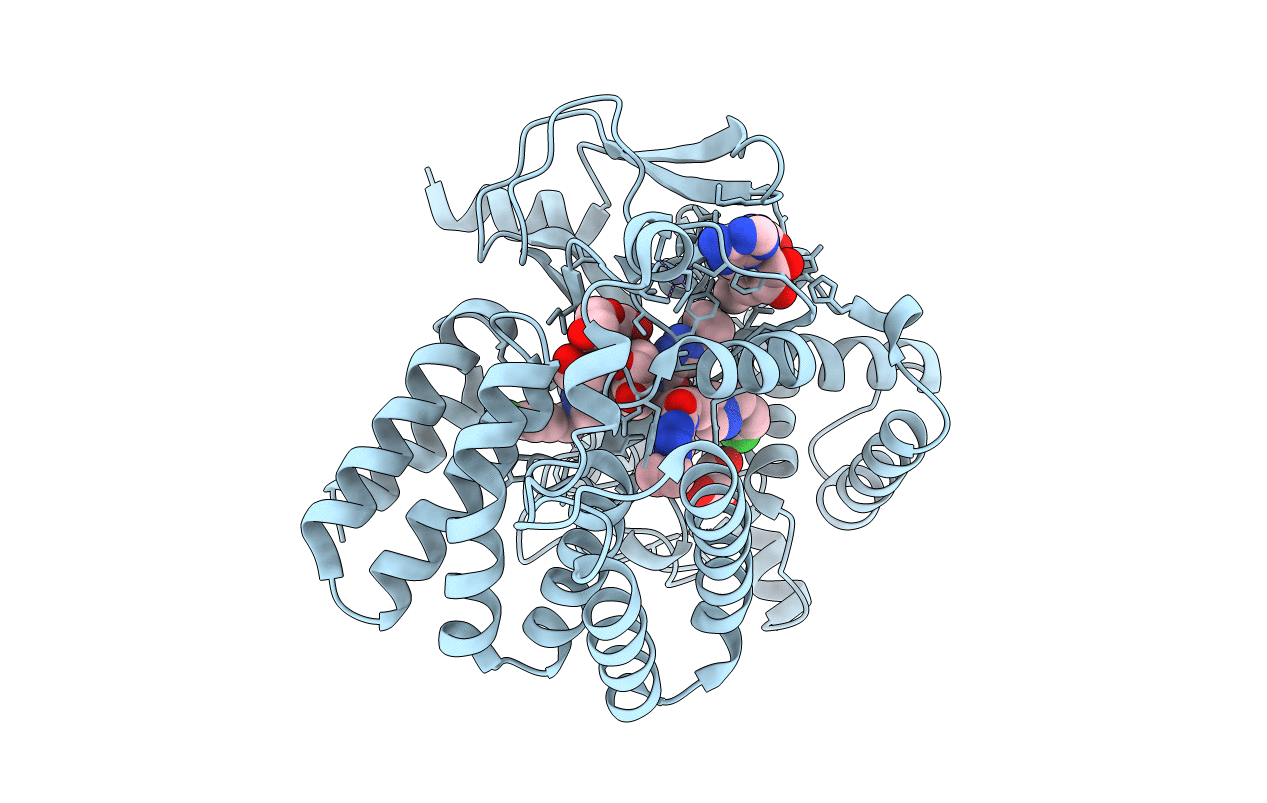
Deposition Date
2017-03-07
Release Date
2018-04-25
Last Version Date
2024-03-06
Entry Detail
PDB ID:
5V3H
Keywords:
Title:
Crystal structure of SMYD2 with SAM and EPZ033294
Biological Source:
Source Organism:
Homo sapiens (Taxon ID: 9606)
Host Organism:
Method Details:
Experimental Method:
Resolution:
2.69 Å
R-Value Free:
0.27
R-Value Work:
0.21
R-Value Observed:
0.22
Space Group:
C 1 2 1


